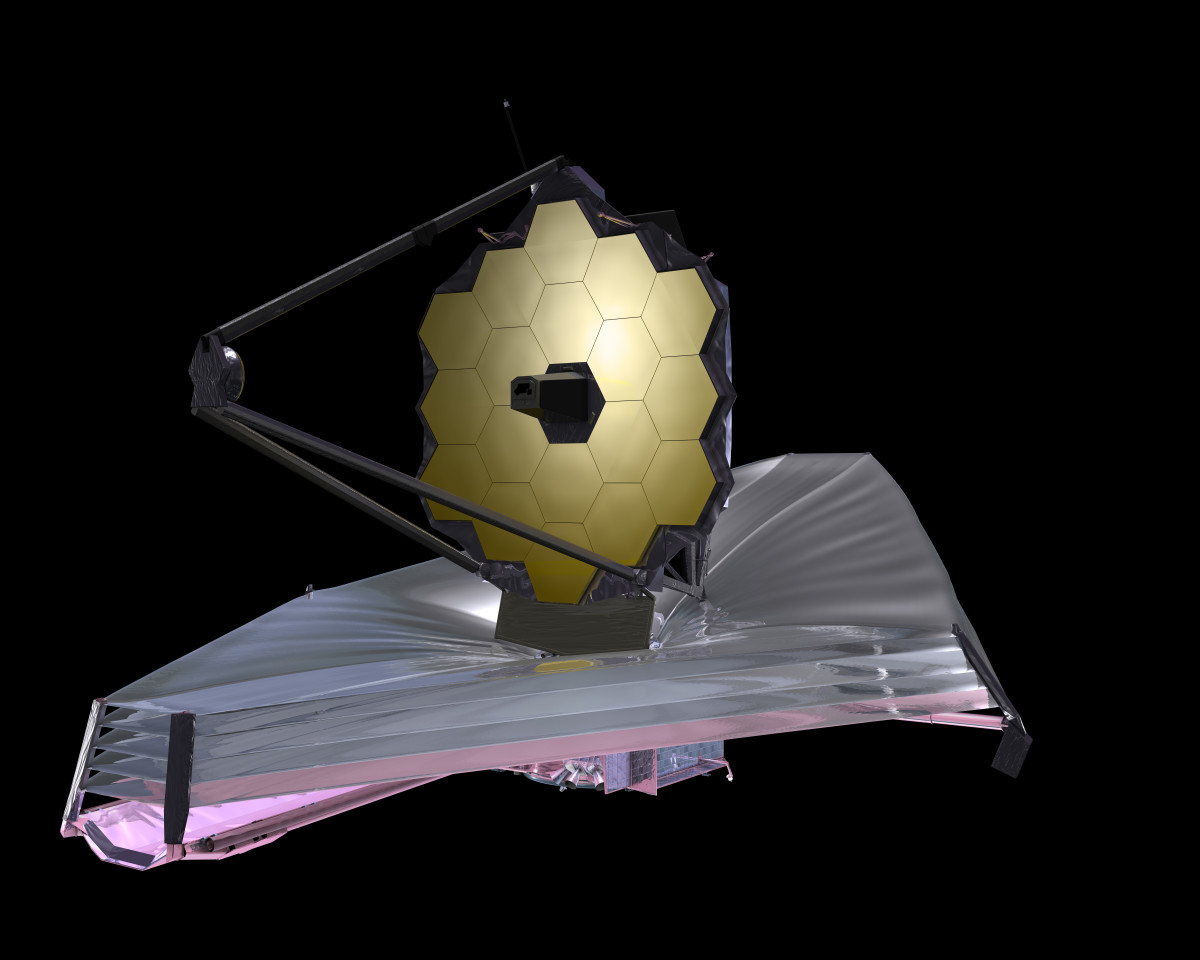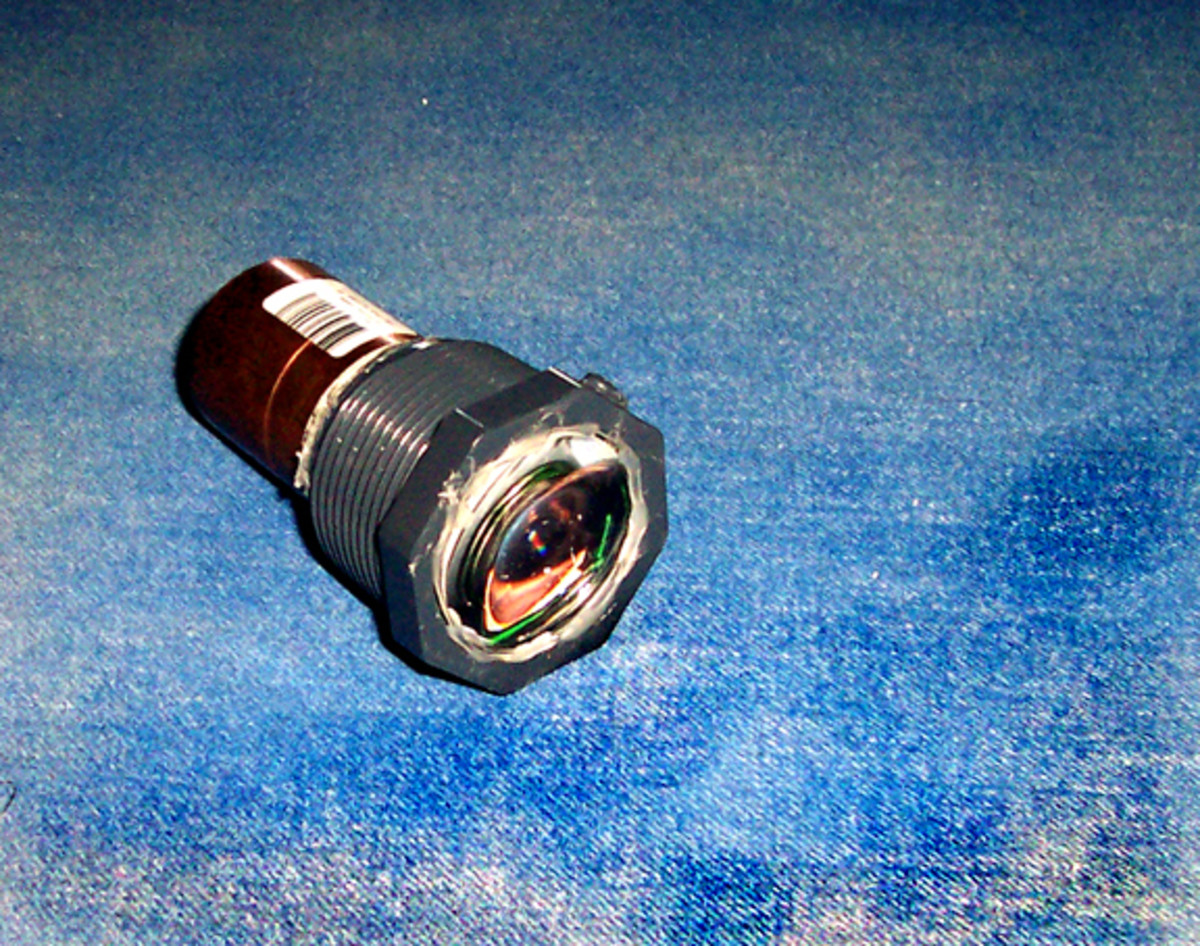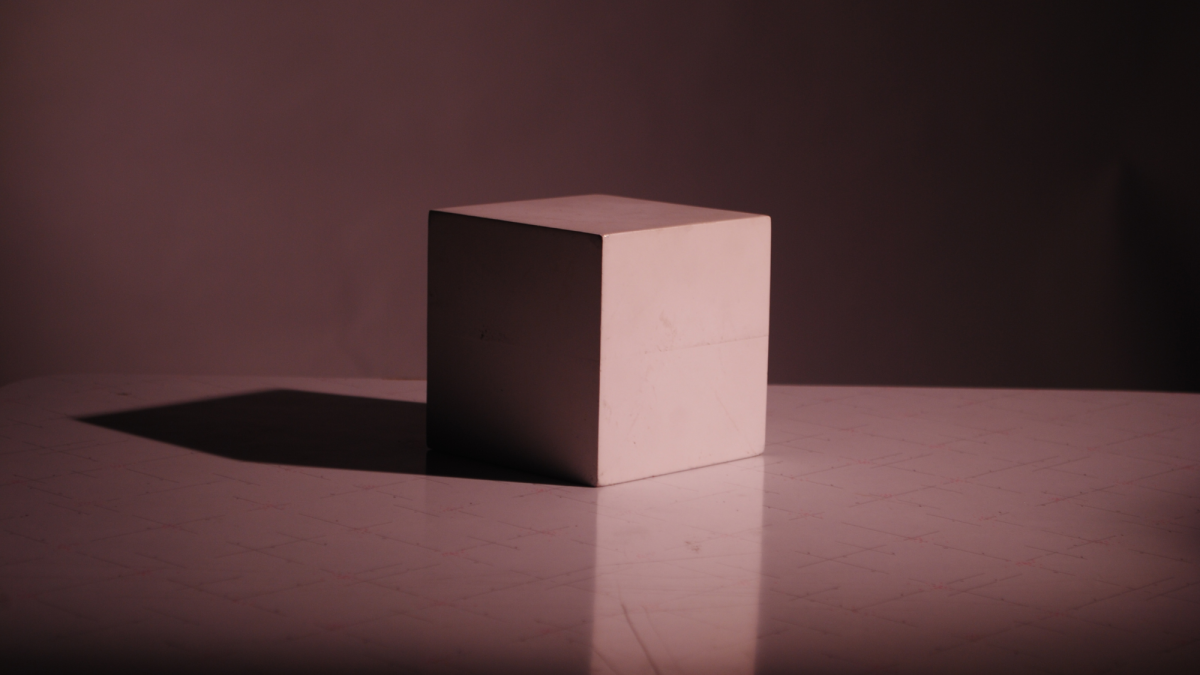How A Simple Telescope Works
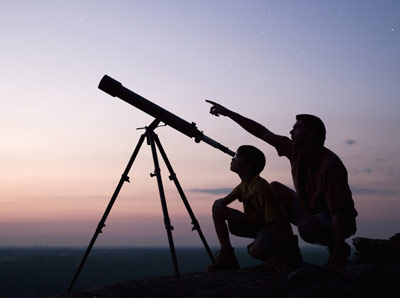
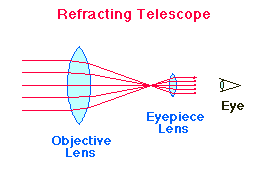
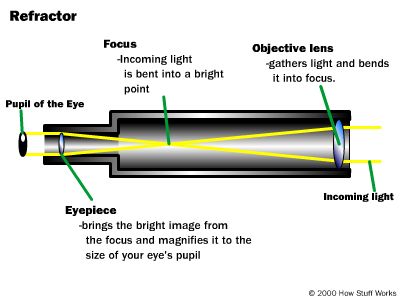
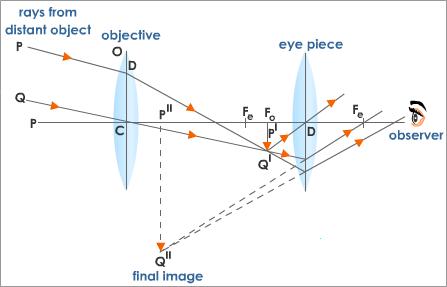
A telescope is an amazing device that has the ability to make faraway objects appear much closer. A telescope is an instrument usually used in Astronomy and Astrophysics Colleges and universities. Basically it is a device for practical observation of sky, planets, moon and stars.
By the launch of Hubble Telescope which is the largest telescope, to the space, a revolutionary period was start. By the help of Hubble images, scientist discover a lot lot more than the old telescopes.
But our basic aim here is to talk about the function of a standard refractor telescope. Standard means, the telescope having all the basic principles.
How telescope works: A refractor has a main lens at the top of the telescope tube. This lens covers the circumference of the tube at one top side. That's why no light can enters in the tube except through the lens. In refractor telescope, the incoming light refracts and all the refracted light after passing through the main objective lens meets at a common focus. This distance from objective to the common point where all light joined is called focal length.
(figure 1 shows the basic principle of the telescope, when light first converge to single point and after that point it starts diverging)
Focal length is very important in the working of telescope. More the focal length, more the magnification of the telescope will be. If the lens is of a low quality material, then it show a huge aberration in the image. This aberration can also be reduced by long focal length of the main objective lens.
(figure 2 shows the internal activity of light. what happen to the light when it enters in the tube of a telescope)
Now when the all light from the main lens focus to a point, then it starts spreading outwards as cone. We place another lens of comparatively less diameter in the way of this spreading light. This second lens is called eyepiece of the telescope and is placed at the opposite end of the tube of telescope.
The eyepiece focus all the light to the human eye and the human feel the object very near to him and therefor he can observe this object far better than without the telescope.
(figure 3 shows the magnification, how an image appears larger then its original size on earth, when seen through unaided eye)
So by placing a large lens at one side of the tube and a small lens at the opposite end of the telescope, a simple construction of telescope is complete.

